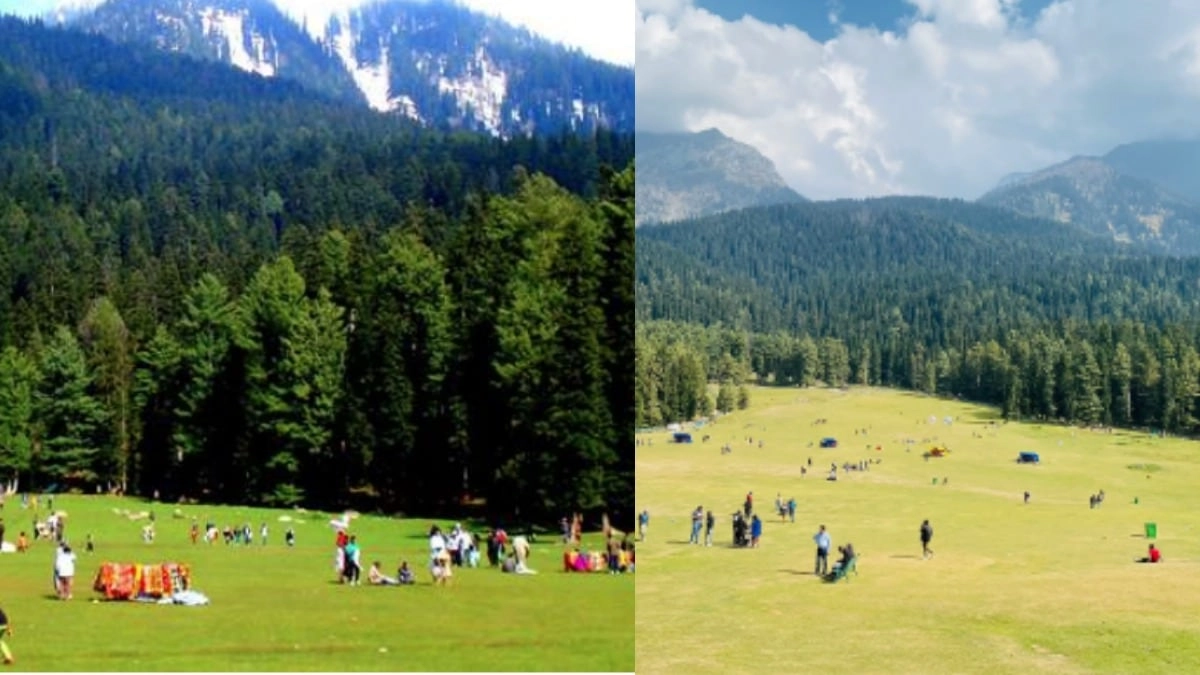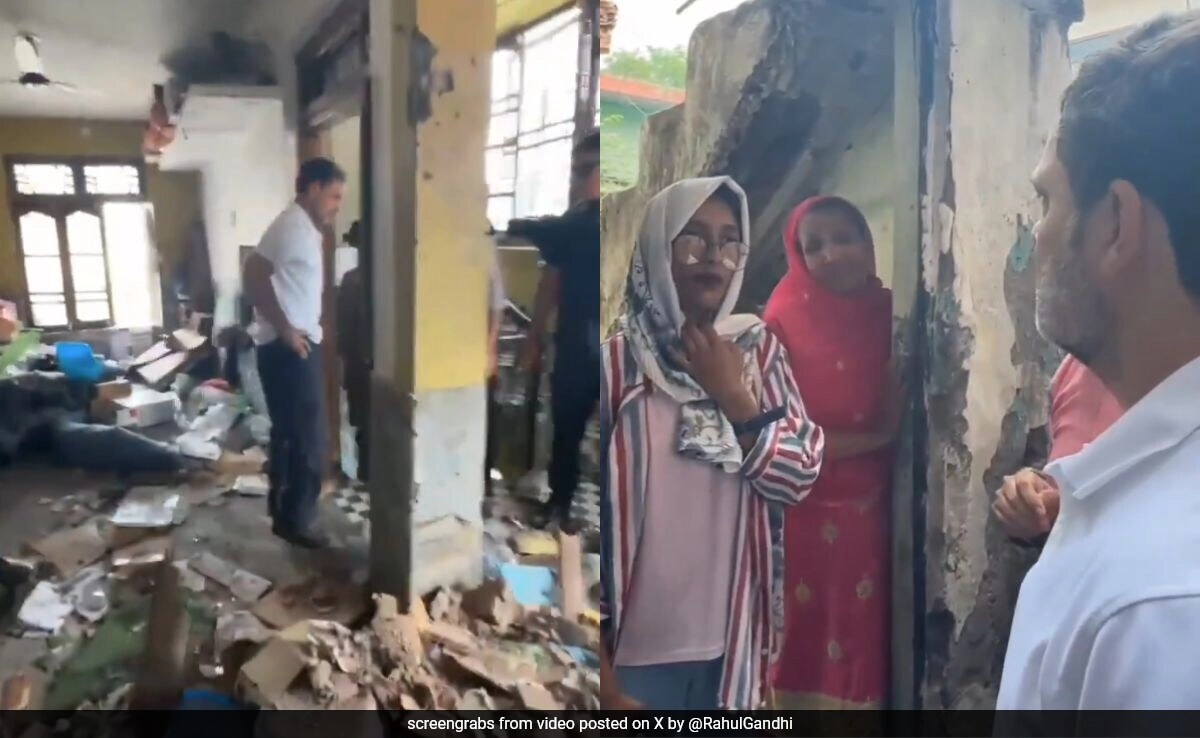The recent absence of soldiers in Pahalgam has ignited a political controversy, particularly from opposition parties questioning the government’s stance on security in the region. Pahalgam, a picturesque town in the Anantnag district of Jammu and Kashmir, is known for its stunning landscapes and as a popular tourist destination. However, it has also been a focal point for security concerns, especially given the region’s complex history and ongoing tensions. The opposition has raised alarms, suggesting that the lack of military presence could leave the area vulnerable to potential threats and unrest. They argue that a continued military presence is crucial for maintaining peace and stability, especially amidst the backdrop of ongoing geopolitical tensions and historical conflicts in the region.
In response to these concerns, the central government has provided clarification regarding the security protocols in place. Officials have emphasized that the decision to reduce military personnel in Pahalgam is part of a broader strategy aimed at normalizing the situation in Jammu and Kashmir. The government asserts that enhanced local policing and community engagement are being prioritized to foster a sense of security without the overt presence of military forces. This approach is intended to reassure both residents and tourists that the area is safe, promoting tourism and economic growth while also addressing the long-standing issues of militarization in civilian spaces.
The dialogue surrounding the military presence in Pahalgam highlights the ongoing tension between the government and opposition regarding security policies in Jammu and Kashmir. While the government advocates for a reduced military footprint to encourage local governance and civilian life, opposition parties remain skeptical, fearing that such moves could lead to a resurgence of violence or unrest. The situation is further complicated by the sensitive historical context of the region, where security measures have often been a point of contention among various stakeholders. As the debate unfolds, it raises important questions about the balance between security, civilian life, and the role of the military in conflict-affected areas.
Ultimately, the issue underscores the complexities of governance in Jammu and Kashmir, where security, political stability, and local sentiments must be navigated carefully. The government’s approach may reflect a desire to transition towards a more normalized environment, yet the apprehensions voiced by the opposition indicate that trust remains fragile. As both sides continue to express their views, the future of Pahalgam’s security landscape will depend on effective communication and a nuanced understanding of the region’s unique challenges.




